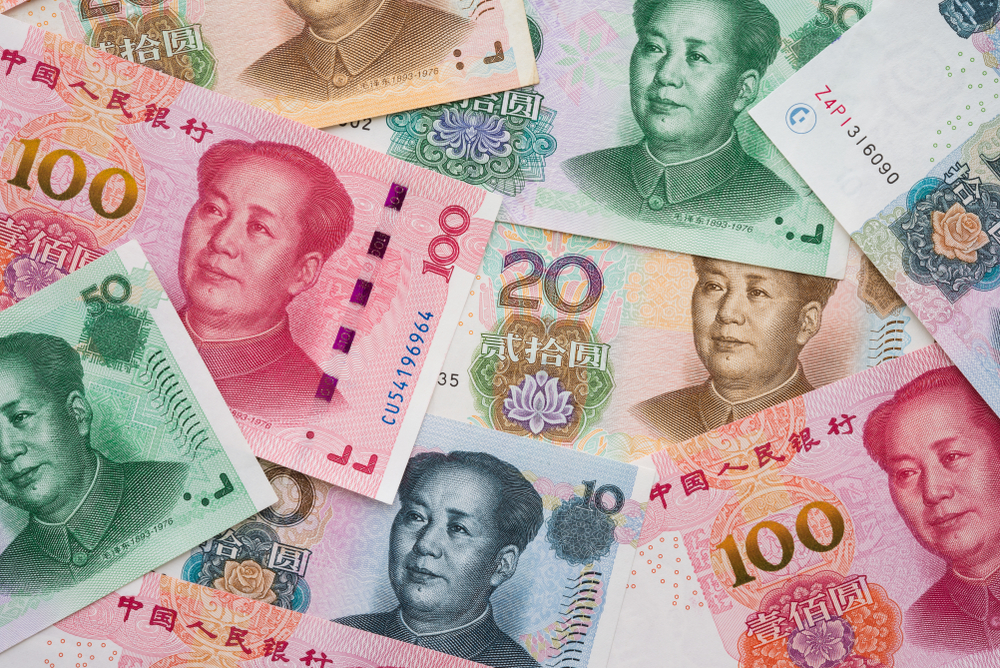
The Chinese yuan made history for all the wrong reasons on Monday and into Tuesday after the US government called China a “currency manipulator”.
The development came after the trade battles between the two countries intensified further.
Last week, the US government made a decision to impose more sanctions on goods imported across its borders from the major Asian economy, with which it has been locked in negotiations for months. The tariffs constituted 10% added onto $300 billion worth of goods from the country.
Beijing announced that it too would levy more tariffs in return – and the US government took badly to this news, with a senior government official indicating that the government would head to an international organisation for help.
Steven Mnuchin, who serves as the country’s Treasury Secretary, said that the government would speak to the International Monetary Fund in an effort to counter what it considers to be Chinese competition.
Unlike other major economies, such as the US, China sets its own local currency levels.
It decided to allow the yuan to drop below seven dollars per yuan earlier in the week – and according to reports, it has now offered up yuan currency in the special administrative area of Hong Kong.
When trading opened, the onshore yuan – which has long since been China’s domestic currency – kicked off at 7.0699 yuan to the dollar.
At one stage this morning (in the GMT time zone), it was recorded at 7.0370.
Its offshore counterpart, which only began trading in 2010, saw its lowest ever point of 7.1265, marking a historic day for the currency markets.
So-called safe haven currencies, which tend to be turned to when currency market problems hit, did not live up to their names over the course of the day.
The Japanese yen, for example, was down against many of its competitors.
The US dollar, which is not a so-called safe haven but which is often popular with traders, experienced a series of up and down swings over the course of the trading day. Compared to the Japanese yen, for example, it fell at first – and reached 105.51. This marked the lowest point for the currency pair since the start of the year.
However, over the course of the day the yen then was pushed down as the dollar went up by 1%. This led to a position of 107.11 yen, driven largely by strong performance in the government yields field.
One of the currencies which bucked the perhaps expected trend was the Australian dollar. This went up by 0.3% to $0.6778 US dollars.
Usually, the Australian dollar goes down during times of economic problems for China. On this occasion, the currency managed to perform well, largely due to the decision of the country’s central bank to hold off on following the dovish positions of many counterparts.
The Reserve Bank of Australia held its country’s interest rates at 1%, which had been largely predicted by the markets.
In an unusual development for the circumstances, the Australian dollar also held on against the Japanese yen and rose by 1.2%, reaching 72.42 yen.
 Between 74-89% of CFD traders lose
Between 74-89% of CFD traders lose  Your capital is at risk
Your capital is at risk  Your capital is at risk
Your capital is at risk  Your capital is at risk
Your capital is at risk